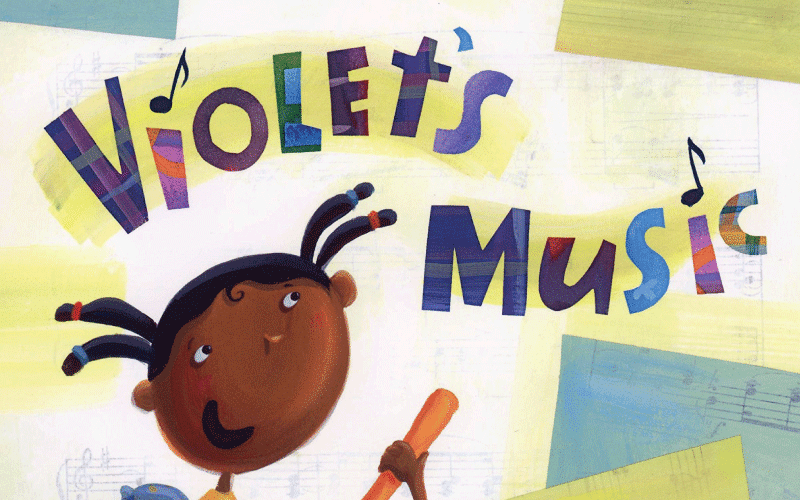TAKE-HOME STRATEGY
Promoting Self-Confidence at Home

What It's About
Self-Confidence means believing you are capable – that you can do things and have good ideas. When your child feels confident in their abilities, they are more likely to try new things and to keep going when things get tough.
You can support your child’s Self-Confidence by encouraging them to try things on their own and to keep trying when things are challenging.
Here are some ways you can support Self-Confidence at home. Keep in mind that you can change these activities to work for you and your child, based on their current abilities, interests, and what you have available at home. Make sure to use safe materials and watch your child closely during these activities.
Take a look, and try out your favorites!
Explore Characters' Confidence
Set Up a Challenge
Kids in the Kitchen
Let's Build It
Share a Success
Let's Create
Quick Cues for Supporting Self-Care at Home
Some things you might do or say to help strengthen your child’s Self-Confidence
Point Out Your Self-Confidence
Model and describe how to handle challenges with confidence.
This can sound like:
“My tower fell down! I will try to build it again in a new way.”
“This puzzle is hard, but I’m sure I can figure it out if I keep trying.”
“Hmmm, I’m not sure how I’m going to make this all fit, but I’m confident I can figure it out if I keep trying!”
Support Ideas and Attempts
Include your child’s interests and ideas. Let them do things as independently as possible.
This can sound like:
“You’re holding on to the spoon by yourself!”
“What should we play outside?”
(Child struggles with shoe) “I’ll hold it steady, but you can slide your foot in. You can do it!”
Acknowledge Effort
Focus on your child’s effort in doing something rather than their perfection.
This can sound like:
“I see you’re trying to pick up that ball. You’re using both hands now to try again!”
“Wow, you are really trying hard to figure out where to put that puzzle piece! I see you keep turning it.”
“Your tower fell down, but you found a new way to build it again!”
Our Book Recommendations for Self-Confidence
Engaging stories that support children's Self-Confidence

I Can, Can You?
Written and photographed by Marjorie W. Pitzer, this book features children showing confidence and pride in their abilities.
Have fun with it:
Challenge your child to do something that may be tricky for them – like balancing or jumping on one foot!

Violet's Music
Written by Angela Johnson and illustrated by Laura Huliska-Beith, this story follows Violet as she tries to find others who enjoy music as much as she does. Violet confidently marches to the beat of her own drum until she stumbles across some new music-loving friends just like her!
Have fun with it:
Ask your child questions about why and how we wash our hands and body.
More Take-Home Strategies
We’re creating a library of resources like these so families and other caregivers can quickly and easily promote children’s development at home. Be sure to see all the strategies we have available!

